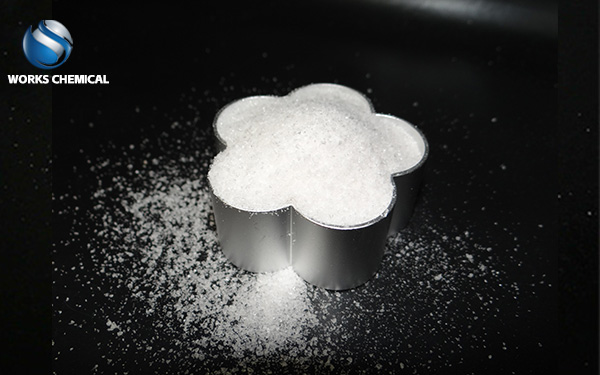
It is not easy to easily "handle" the problem of sludge treatment, but through a series of effective technologies and strategies, efficient treatment of sludge can be achieved. Here are some key measures:

Selection of sludge treatment technology
Anaerobic digestion technology:
Use faculgative bacteria and anaerobic bacteria to carry out anaerobic biochemical reaction, decompose organic matter in sludge, and produce available resources such as biogas. This is a very effective sludge stabilization process.
Deep dehydration technology:
Through pretreatment and adjustment, the cell wall is broken, capillary water, attached water and intracellular water are released, the dewatering performance of sludge is improved, and the water content of sludge is significantly reduced.
Aerobic fermentation technology:
Through high temperature aerobic fermentation, organic matter is decomposed continuously, the temperature of the pile continues to rise, pathogenic bacteria and parasite eggs are killed, and the harmless sludge is achieved.
Sludge thermal drying technology:
The water in the sludge is removed by the heat transfer between the sludge and the heat medium. However, attention should be paid to energy consumption, which can be reduced by optimizing process parameters and equipment selection.
Lime stabilization Technology:
Lime stabilization technology can effectively play the role of deodorization and sterilization, inhibition of decay, dehydration and fixation of heavy metal ions.
Sludge incineration technology:
is the most thorough sludge treatment method, which can remove all organic matter, kill all pathogens, and minimize the volume of sludge. But pay attention to environmental regulations and emission requirements.
Two. Optimization of sludge treatment equipment
Select efficient sludge treatment equipment, such as plate and frame filter press, stack screw sludge dehydrator, centrifugal dehydrator, etc., and reasonably configure equipment parameters according to the nature of sludge and treatment requirements.
Perform regular maintenance and maintenance on the equipment to ensure that the equipment is in optimal operating condition.
The automatic control system is used to achieve remote monitoring and intelligent control of the sludge treatment process, and improve the treatment efficiency and stability.
Optimization of sludge treatment process
According to the nature of sludge and treatment requirements, develop a reasonable sludge treatment process.
Optimize the operating parameters of each process link, such as filter pressure, dehydration time, temperature, etc., to improve the treatment efficiency and dehydration effect.
Strengthen environmental monitoring and quality control in the sludge treatment process to ensure that the treated sludge meets environmental standards and discharge requirements.
Four. Resource utilization of sludge
The treated sludge is utilized as a resource, such as as a fertilizer, soil amendment, building material, etc., to achieve the reduction, stabilization and harmless of the sludge.
Actively explore new sludge resource utilization ways and technologies to improve the added value and utilization rate of sludge.
V. Policy support and compliance
Actively pay attention to the national policies, regulations and standards on sludge treatment to ensure the legal compliance of the sludge treatment process.
Strive for policy support and financial support from government departments to promote the research and development and application of sludge treatment technology.
In summary, the easy "handling" of sludge treatment problems requires comprehensive consideration of technology selection, equipment optimization, process optimization, resource utilization, policy support and regulatory compliance. By adopting a series of effective measures and strategies, the efficient treatment and harmless utilization of sludge can be realized.